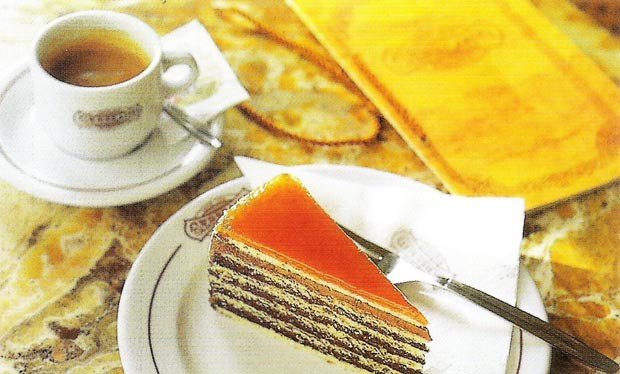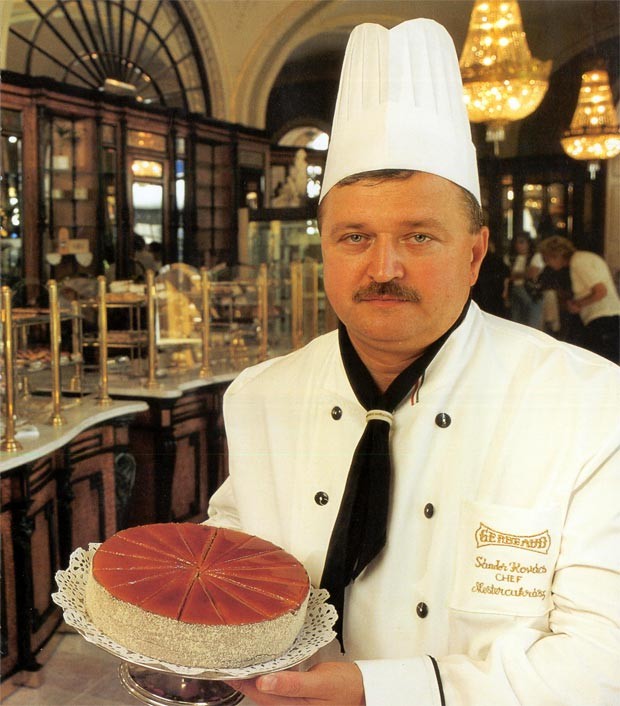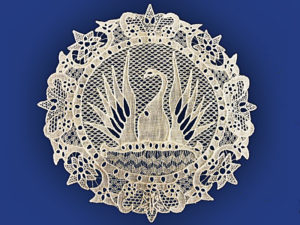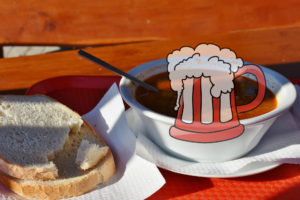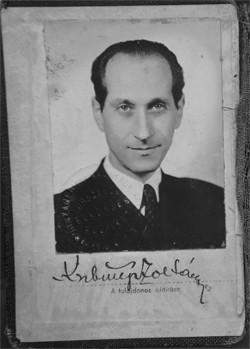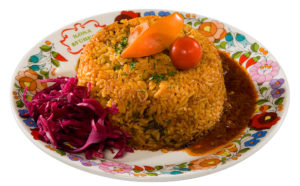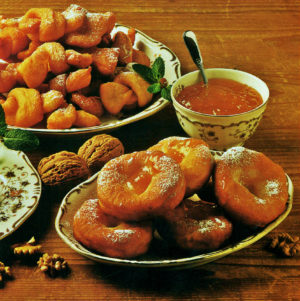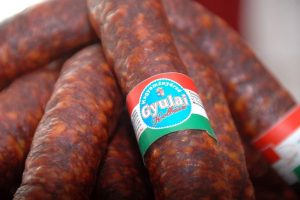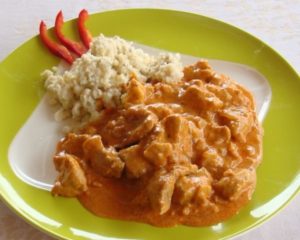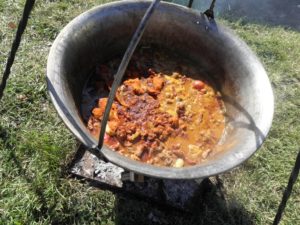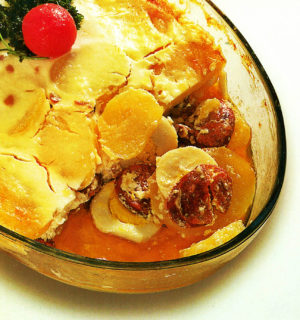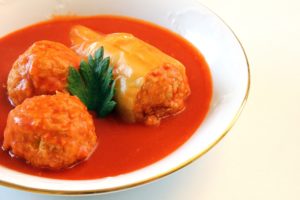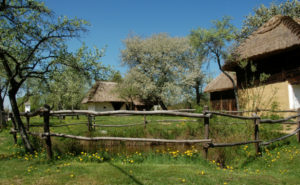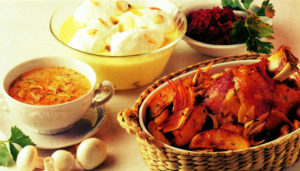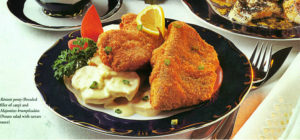Sweet enticement – Hungarian cake shops
Hungarian cake! Hungarians who travel around the world may marvel at beautiful scenery and splendid cities, but sooner or later they will miss one thing terribly, and in many places not find it – a really good cake shop. These exist in large numbers in Hungary: big and small, elegant and modest, the kind that are recommended in travel guides and awarded many stars, and the kind that are known only to the locals.
Hungarian cake!
The cake shop is a legacy of the Austro-Hungarian dual monarchy and it has resisted every change in gastronomic trends for the last 200 years. They still await their patrons with cakes, gateaux, and pastries of the most varied sort. They also offer a wide variety of drinks, and the more stylish establishments sell candy and chocolates. The highlight of the winter months is chestnut puree and the main summer attraction is ice cream.
The ice cream stand, or in some places the ice cream machine, is as much a part of the basic equipment as the cake counter. Unless the cake shop is very sparsely furnished, the atmosphere tends to be rather nostalgic and cozy. Only some of the patrons will take a seat in a Hungarian cake shop; many fortify themselves standing up, or choose cakes and pastries from the plentiful choice to take out. Small cake shops pack tarts and cakes in simple cardboard boxes or on cardboard trays, wrapped in wax paper. Big, famous establishments, however, place a lot of emphasis on packaging, which is as individual as their cakes. It is often so striking and imaginative that decades later many customers still recall an elegant cake box, a colorful, curled ribbon that surrounded a smart package, or a decorative wooden handle which served to carry the delicacy …
The rich imagination of an establishment, however, is not just restricted to packaging. Small cake shops, in particular, can thank their original produce for their many years in business, because a really good baker and confectioner knows how to give basic recipes a special, individual touch. Of course, he keeps his recipes strictly secret. This secrecy also extends to the Hungarian Museum for the Catering Trade. Family recipes are handed over to the Museum only on the strict understanding that they are not made public for the next 30 years, not even for research purposes.
Ruszwurm
In the castle district of Budapest there is a small, much-frequented cake shop: the renowned Café Ruszwurm. It was opened in 1827, and you can still admire the original Empire furnishings today. At the same time it is no small wonder that the café survived intact the occupations of 1849 and 1944, which caused great damage. At one time Ruszwurm supplied the aristocracy in the castle and the surrounding area, who not only placed orders, but also liked to visit the café in person. The Austrian Empress Elisabeth (1837-98) is supposed to have been a customer. The cakes and pastries were packed in beautiful boxes for the customers to take away. They were decorated with views of Buda Castle, the nearby Church of St Matthias, or portraits of the royal family.
Gerbeaud
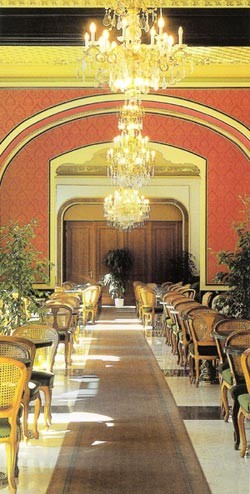
Gerbeaud was very critical and demanded the utmost perfection from his employees. Under his guidance, the establishment became a meeting place for wealthy and influential citizens of Budapest. The splendid furnishings, the superb cakes and pastries, and the friendly service were its trademarks. Female staff were employed on strict conditions: they had to be courteous, cultivated, beautiful, and, moreover, of good character.
The owners who came and went always took care not only to maintain the establishment’s good reputation, but also to preserve the original furnishings. Hence Gerbeaud still looks as it did in the founding years – luxuriously furnished, elegant, yet comfortable. And with a little luck it is still possible today to sit at one of the little marble tables with the turned pedestals which Emil Gerbeaud ordered from the Paris World Fair in 1900.
One of the establishments specialties is Esterházy gáteau, which was created around 100 years ago. It consists of pale yellow buttercream between layers of almond sponge, coated with white frosting, decorated with chocolate and candied fruits, while the sides are coated with flaked almonds. Another specialty is wine cream cake, made from jelly roll sponge with a sabayon custard filling.
Mignons, the little tartlets made by Kugler, conquered the entire country, although the “Red Cross version” is sold almost exclusively in Gerbeaud. It is not just special because of the cross made of red fruits, gleaming through the glaze, which gives it its name, but also because of the marzipan filling flavored with apricot schnapps.
Gerbeaud slices, coated with chocolate frosting and made from layers of plain pastry filled with jam, crushed nuts, and pieces of apple, are a prime example of the establishment’s gastronomic scope. Because they are easy to prepare, they have found a place in the repertoire of home bakers, and are especially popular at weddings.
The “little Gerbeaud” is also one of the café s traditions. This is not a cake, but a little cake shop, close by, which sells the same produce as its brother café – but cheaper.



